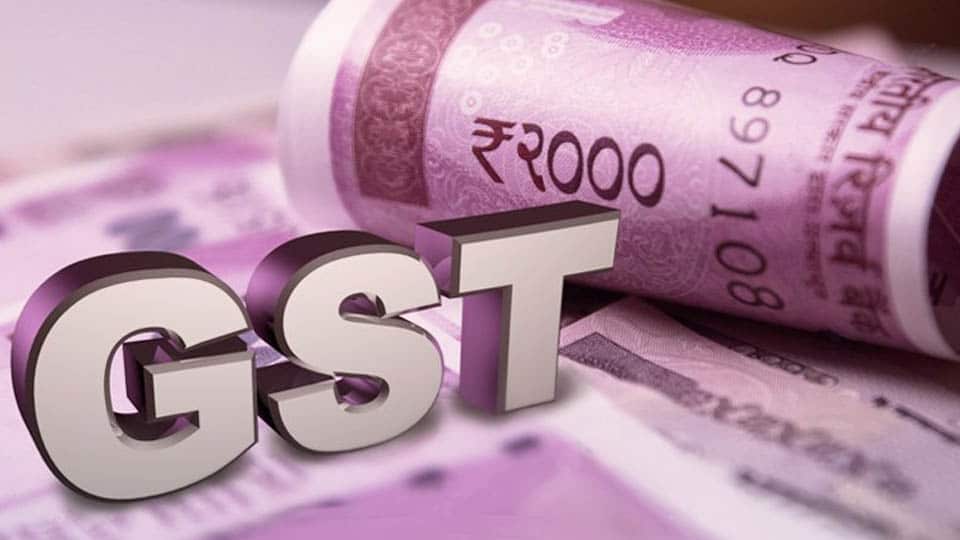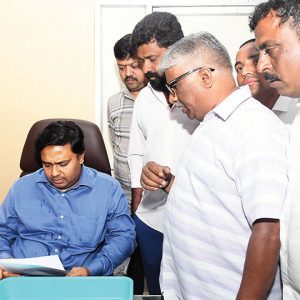Readers of newspapers may have felt a sense of boredom or saturation or even confusion after reading whatever has appeared in print about two landmark moves taken by the incumbent government at the Centre namely (a) Demonetisation of currency having face value of Rs. 500 and Rs. 1,000, made public on Nov. 8, 2016 and (b) Goods and Services Tax (GST) at four different rates in the range of five per cent to 28 per cent, effective from July 1, 2017, to replace a multitude of indirect taxes across the country. There could be as many people in the land, both among the literati and the rest who have welcomed the two measures as progressive and also an equal number who have disclosed their verdict on the measures as regressive. The first measure ostensibly aimed at capturing black money stoking a parallel economy, more robust than the money power of the government in the land and also to bring in wholesome cash-free transaction based on digital technology. The second measure aimed at uniformity in taxation in the country and also to bolster the government’s kitty needed for administration.
While sources in global agencies such as the World Bank, International Monetary Fund and Asian Development Bank have not taken an adverse view on the aforementioned steps, they have also said that it may take two to three years before the purpose of the measures is fully met. In the meanwhile, critics in the country continue to be firing their guns against the government.
A report published in a widely circulated English language daily in the land under the caption What did Kautilya think of GST? carrying the hangline “M.A. question paper stumps Banaras Hindu University’s Political Science students” may help both opponents of the new taxation regime and its supporting sections in various sectors, particularly commerce and industry, as well as the academic fraternity to get going with the unfinished debate on GST to begin with and demonetisation subsequently. Some among the lay public may have to be informed that a scholar by name Dr. Rudrapatnam Shama Shastry discovered the Sanskrit text of the treatise Arthashastra scripted by Kautilya at the Mysuru-based Oriental Research Institute (ORI) in 1905. The text itself is of 2,400 years vintage.
Some quotes by eminent persons relevant to GST may help in the debate on the new tax regime. Sir Winston Churchill: “For a nation to try to tax itself to prosperity is like a man standing in a bucket and trying to lift himself up by the handle.” George Bernard Shaw: “A Government which robs Peter to pay Paul can always depend on the support of Paul.” Time will convince people that these quotes hold water.








Recent Comments